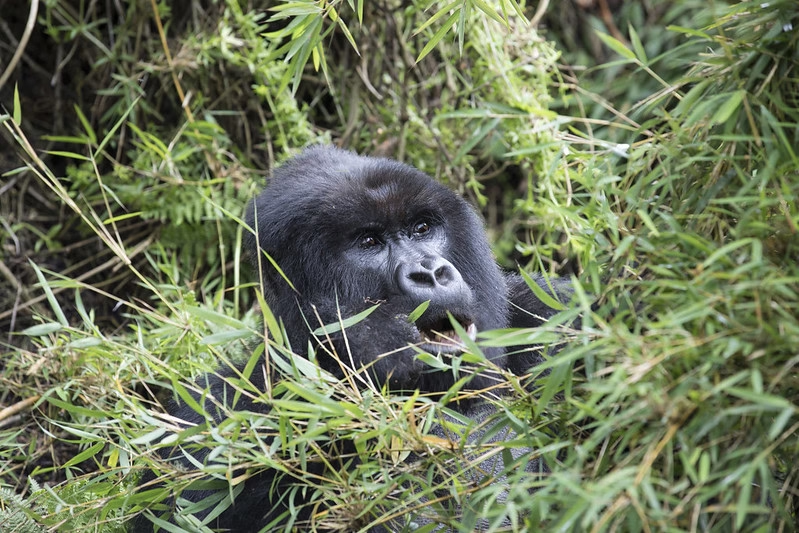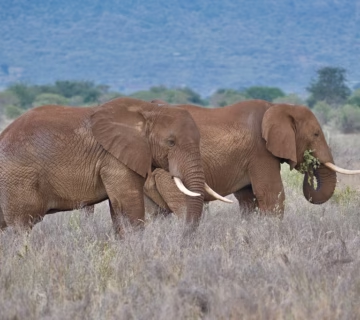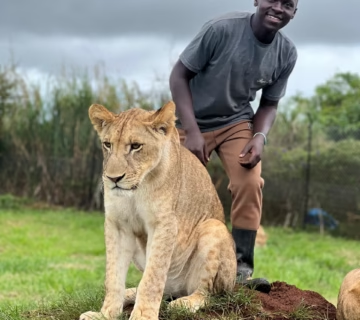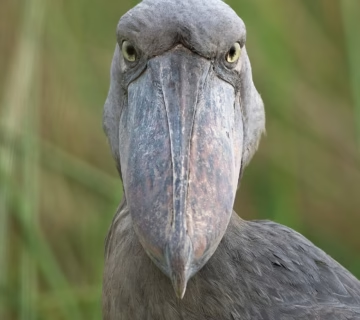Ways to protect Mountain Gorillas
Strategies to Preserve Mountain Gorillas: Mountain gorillas are among the most well-known primates in the wild, drawing about a thousand visitors each year who hope to get a sight of these renowned creatures.
Even so, they are well-known and among the most visited wild creatures. As critically endangered species, mountain gorillas are in risk of becoming extinct in the natural, and the elements that are putting them in danger are still common in both the wild and the wider world.
This article aims to provide some suggestions on how to save the endangered mountain gorillas and encourage the expansion of the mountain gorilla population globally.
Before we continue, it’s crucial to understand that mountain gorilla trekking, which is a means of generating funds for conservation efforts and educating people about the lives and significance of mountain gorillas, is one of the largest donors to mountain gorilla conservation.
One of the primary ways to save mountain gorillas is by hiking, but it is also one of the ways that mountain gorillas may be harmed. For example, mountain gorillas may quickly get illnesses from people via direct touch, and people can easily entice them into traps and poison them, among other reasons.
Therefore, the majority of the mountain gorilla conservation strategies described below will focus on improving human-gorilla relations in order to prevent or minimize damage to the primates.
Thus, here are some strategies for preserving mountain gorillas:
Avoid hiking for mountain gorillas if you are unwell or think you may be ill.
Because they share almost 98% of their DNA with humans, mountain gorillas are vulnerable to all human diseases, and people may readily infect them with these illnesses. To prevent the spread of sickness, it is thus recommended that humans refrain from trekking to observe mountain gorillas for their own safety.
A 7-meter gap should always be maintained between you and the mountain gorillas.
The risk of illness transmission to both you and the mountain gorillas is decreased when you maintain a 7-meter distance from them. This distance eliminates any possibility of disease transmission while yet allowing you to sight and watch the mountain gorillas.
The mountain gorillas should not be touched.
When you come across mountain gorillas during your trekking adventure, you may be tempted to touch them to feel their skin, hair, etc. This is especially tempting since these primates really make you feel at home.
However, it is not a good idea to contact mountain gorillas since this may result in illness transmission and agitation, which can drive the gorillas to respond and create a chaotic situation for both you and the gorillas.
Avoid giving the mountain gorillas food.
Please resist the urge to offer the mountain gorillas your food or their food, despite the temptation. Another way that diseases may spread among mountain gorillas is via feeding them. Additionally, the meal could include substances that are dangerous or very dangerous to the mountain gorillas, which might make them unwell or perhaps kill them.
Don’t ruin the environment of mountain gorillas.
The existence of mountain gorillas depends in large part on their environment, which must be both healthy and suitable for them. Trekkers wandering across the forest and people chopping down trees ruin the habitat of mountain gorillas.
Since both of these behaviors are detrimental to mountain gorillas, efforts need to be directed at protecting their habitat. Communities around the mountain gorilla habitats should be made more aware of the need of reforestation and forest preservation, and trekkers should be reminded to maintain the forest as pristine as they found it.
There are more strategies to keep mountain gorillas safe and intact in their natural environments, but these five are the most important ones.



